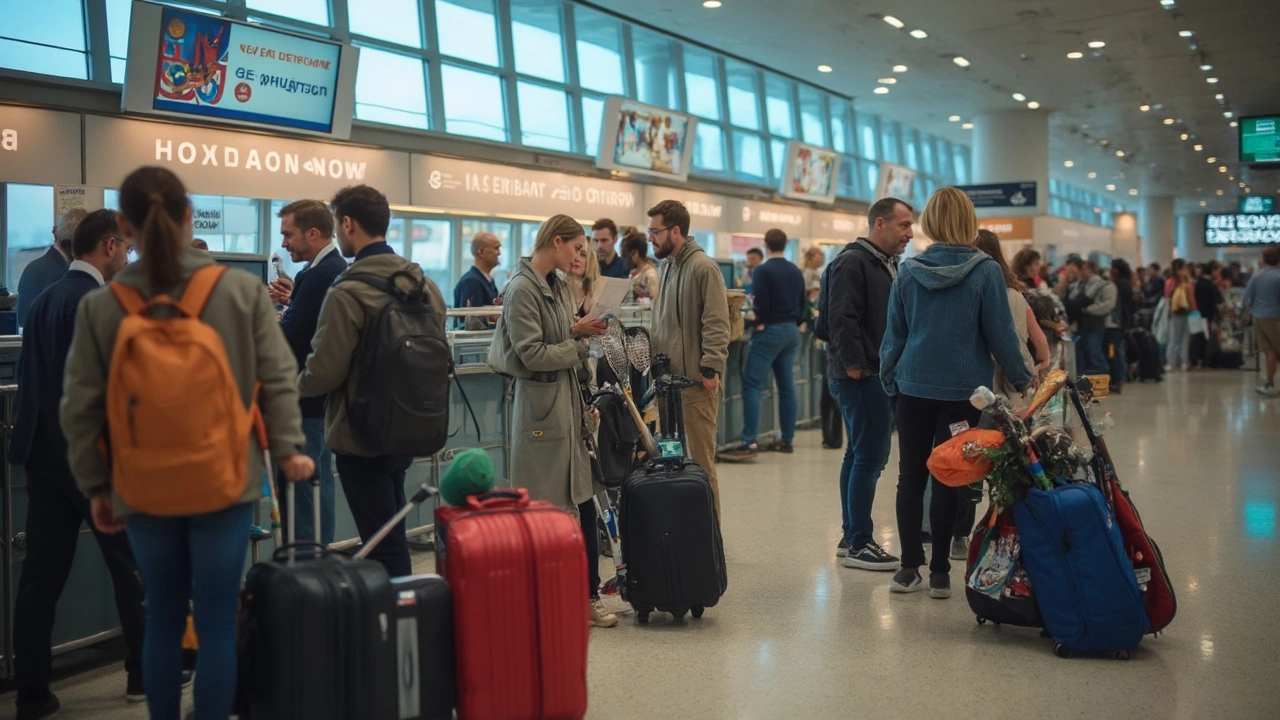
Flying with Gear: How to Pack, Protect and Keep Your Sports Equipment Ready
Traveling with sports gear can feel like a hassle, but it doesn’t have to be. Whether you’re heading to a marathon, a golf tournament or a cycling adventure, the right packing tricks and simple maintenance steps will save you time, money and headaches. Below are the most useful tips that work for any type of equipment – from shoes and bikes to racquets and protective pads.
Pack Smart, Pack Light
First rule: choose the right bag. A hard‑case suitcase protects fragile items like helmets or ski poles, while a padded duffel works great for softer gear such as yoga mats or training clothes. Fill empty spaces with socks, t‑shirts or even a rolled‑up towel – this cushions the gear and prevents it from shifting during flight.
Next, protect sharp or heavy parts. Wrap bike pedals, racket strings or weight plates individually in bubble wrap or clothing. Secure them with zip ties or elastic bands so they stay in place. Remember to label each bag with your contact info; airline staff can’t always track down a misplaced case without a tag.
Keep Your Gear Clean and Ready
Before you pack, give everything a quick clean. Dust and sweat can cause rust, mold or unpleasant smells. A damp cloth and a little mild soap are enough for most items. For shoes, stuff newspaper inside to absorb moisture, then place them in a mesh bag – this keeps them from getting squashed and lets air circulate.
If you’re traveling with a bike, deflate the tires slightly to avoid burst pressure changes in the cargo hold. Check the air pressure once you arrive and inflate to the recommended level before you ride. Small maintenance tasks like tightening bolts or wiping down frames take just a few minutes but prevent bigger problems later.
Know Airline Rules and Avoid Extra Fees
Every airline has its own policy for sports equipment. Some treat a bike as regular luggage, others as oversized cargo with extra fees. Look up the rules ahead of time and measure your packed gear to stay within limits. If you’re unsure, call the airline and ask about special handling – a quick phone call can spare you surprise charges at the airport.
When possible, register your equipment with a tracking service. Many luggage tags now include QR codes that let you see the bag’s location in real time. This peace of mind is worth a few extra pennies, especially for expensive items like golf clubs or high‑end running shoes.
By following these simple steps, you’ll spend less time worrying about damaged gear and more time enjoying the sport you love. Got a specific piece of equipment you’re unsure about? Drop a comment and we’ll share targeted advice. Safe travels and stay ready for action!
